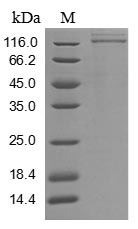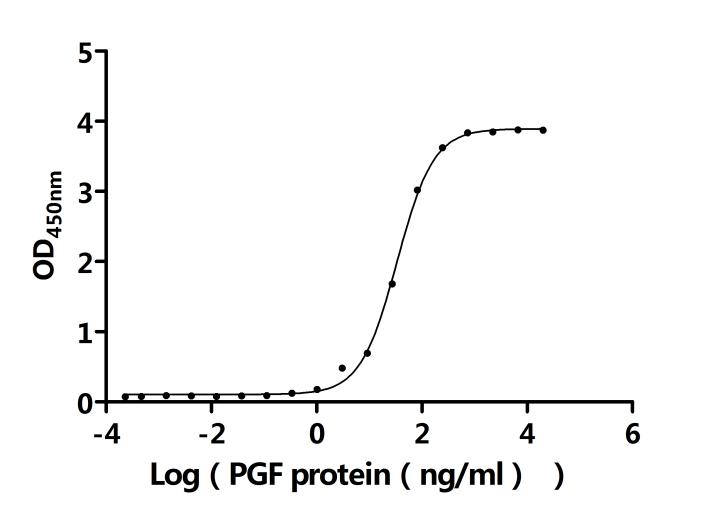Discover the potential of our Recombinant Human FLT1 protein, meticulously designed for cancer research applications. This partial Vascular Endothelial Growth Factor Receptor 1 (VEGFR-1; Fms-like tyrosine kinase 1; Tyrosine-protein kinase FRT) is produced in a mammalian cell expression system, covering the 27-756aa region to ensure optimal protein performance in your research endeavors.
Our FLT1 protein is C-terminal 6xHis-tagged, facilitating efficient purification and detection processes. With a purity greater than 85% as determined by SDS-PAGE, this high-quality protein is available in both liquid and lyophilized powder forms to suit your experimental needs. Rely on our Recombinant Human FLT1 protein to deliver consistent, dependable results in your cancer research studies.








